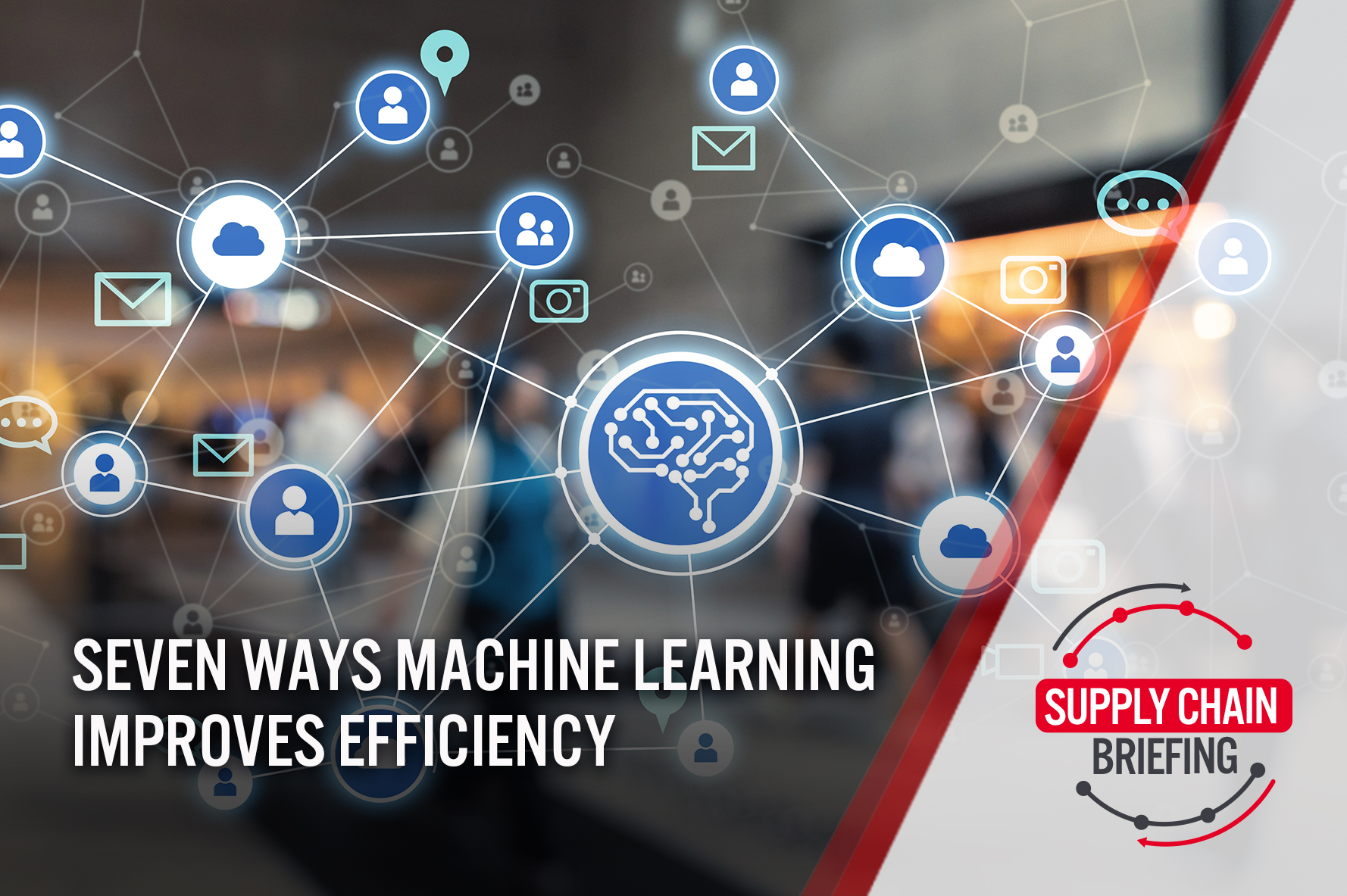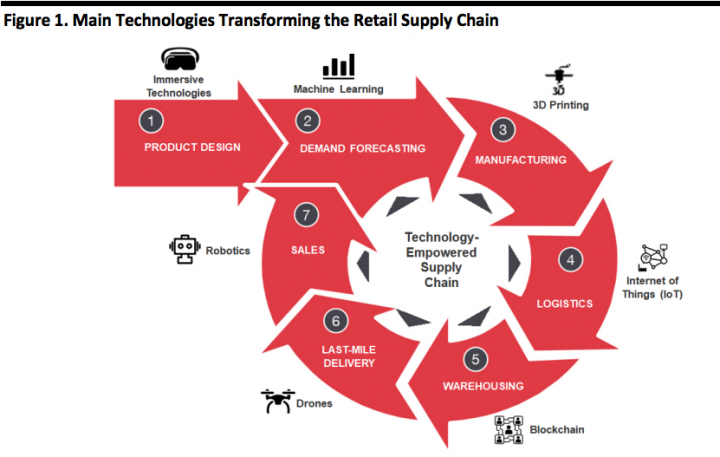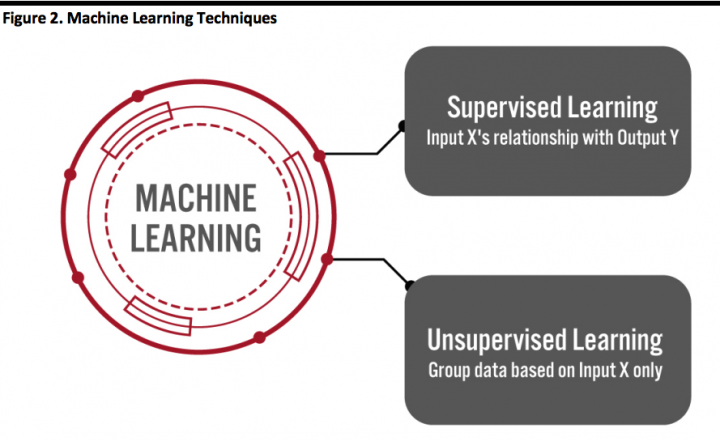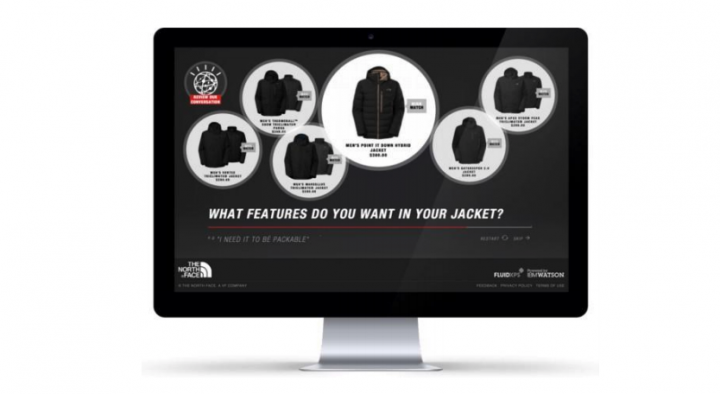
Nitheesh NH
Below, we illustrate the seven major components of the retail supply chain and some of the technologies that can support processes at various stages – from product design to end consumer.
[caption id="attachment_93084" align="aligncenter" width="720"] Source: Coresight Research[/caption]
Machine learning enables computers to perform tasks without human intervention. AI and machine learning are often used interchangeably, especially in the realm of big data. Machine learning algorithms — procedures or formulas for solving a problem by conducting a sequence of specified actions — use computational methods to learn information directly from data and to find natural patterns in data that generate insights to help companies make better decisions and predictions. The algorithms can adapt to improve performance with more data.
Machine learning uses two types of techniques: supervised learning and unsupervised learning. In supervised learning, the algorithm works by finding a relationship between input and output data, which are both known by the company. Input data can be weather information, output data can be the volume of products companies would manufacture. Unsupervised learning — when companies have knowledge of the input but not of the output data — tries to find patterns or data groupings.
[caption id="attachment_93085" align="aligncenter" width="720"]
Source: Coresight Research[/caption]
Machine learning enables computers to perform tasks without human intervention. AI and machine learning are often used interchangeably, especially in the realm of big data. Machine learning algorithms — procedures or formulas for solving a problem by conducting a sequence of specified actions — use computational methods to learn information directly from data and to find natural patterns in data that generate insights to help companies make better decisions and predictions. The algorithms can adapt to improve performance with more data.
Machine learning uses two types of techniques: supervised learning and unsupervised learning. In supervised learning, the algorithm works by finding a relationship between input and output data, which are both known by the company. Input data can be weather information, output data can be the volume of products companies would manufacture. Unsupervised learning — when companies have knowledge of the input but not of the output data — tries to find patterns or data groupings.
[caption id="attachment_93085" align="aligncenter" width="720"] Source: Coresight Research[/caption]
In this report, we outline the business case for machine learning, benefits the technology brings to the supply chain and applications in retail.
Business Case for Machine Learning
AI and machine learning have the potential to create an additional $2.6 trillion in value by 2020 in marketing and sales, and up to $2 trillion in manufacturing and supply chain planning, according to McKinsey. Market research company International Data Corporation (IDC) predicts worldwide spending on cognitive and AI systems will reach $77.6 billion in 2022.
Below, we outline machine learning applications and the benefits the technology offers retailers.
How Supply Chain Operations Can Leverage Machine Learning
There are many benefits that machine learning offers retailers at various stages of the supply chain, including:
Source: Coresight Research[/caption]
In this report, we outline the business case for machine learning, benefits the technology brings to the supply chain and applications in retail.
Business Case for Machine Learning
AI and machine learning have the potential to create an additional $2.6 trillion in value by 2020 in marketing and sales, and up to $2 trillion in manufacturing and supply chain planning, according to McKinsey. Market research company International Data Corporation (IDC) predicts worldwide spending on cognitive and AI systems will reach $77.6 billion in 2022.
Below, we outline machine learning applications and the benefits the technology offers retailers.
How Supply Chain Operations Can Leverage Machine Learning
There are many benefits that machine learning offers retailers at various stages of the supply chain, including:
 North Face’s virtual sales assistant
North Face’s virtual sales assistant
Source: North Face[/caption] Walmart introduced a program to improve efficiency in its last-mile delivery capabilities. The program uses machine learning to analyze delivery locations to create delivery routes and assign deliveries to different associates to maximize speed. The machine-learning system also leverages stock data for inventory management and to ensure products are available for delivery when customers place an order. [caption id="attachment_93087" align="aligncenter" width="720"] Walmart associate delivers orders to the customer
Walmart associate delivers orders to the customer
Source: Walmart[/caption] Key Insights and Implications for Retailers Machine learning technology enables retailers to find natural patterns in consumer data to generate insights that help make better decisions and predictions. The technology is already helping many retailers improve operations in areas such as inventory management and last-mile delivery. We expect to see a growing number of brands and retailers adopt the technology.
 Source: Coresight Research[/caption]
Machine learning enables computers to perform tasks without human intervention. AI and machine learning are often used interchangeably, especially in the realm of big data. Machine learning algorithms — procedures or formulas for solving a problem by conducting a sequence of specified actions — use computational methods to learn information directly from data and to find natural patterns in data that generate insights to help companies make better decisions and predictions. The algorithms can adapt to improve performance with more data.
Machine learning uses two types of techniques: supervised learning and unsupervised learning. In supervised learning, the algorithm works by finding a relationship between input and output data, which are both known by the company. Input data can be weather information, output data can be the volume of products companies would manufacture. Unsupervised learning — when companies have knowledge of the input but not of the output data — tries to find patterns or data groupings.
[caption id="attachment_93085" align="aligncenter" width="720"]
Source: Coresight Research[/caption]
Machine learning enables computers to perform tasks without human intervention. AI and machine learning are often used interchangeably, especially in the realm of big data. Machine learning algorithms — procedures or formulas for solving a problem by conducting a sequence of specified actions — use computational methods to learn information directly from data and to find natural patterns in data that generate insights to help companies make better decisions and predictions. The algorithms can adapt to improve performance with more data.
Machine learning uses two types of techniques: supervised learning and unsupervised learning. In supervised learning, the algorithm works by finding a relationship between input and output data, which are both known by the company. Input data can be weather information, output data can be the volume of products companies would manufacture. Unsupervised learning — when companies have knowledge of the input but not of the output data — tries to find patterns or data groupings.
[caption id="attachment_93085" align="aligncenter" width="720"] Source: Coresight Research[/caption]
In this report, we outline the business case for machine learning, benefits the technology brings to the supply chain and applications in retail.
Business Case for Machine Learning
AI and machine learning have the potential to create an additional $2.6 trillion in value by 2020 in marketing and sales, and up to $2 trillion in manufacturing and supply chain planning, according to McKinsey. Market research company International Data Corporation (IDC) predicts worldwide spending on cognitive and AI systems will reach $77.6 billion in 2022.
Below, we outline machine learning applications and the benefits the technology offers retailers.
How Supply Chain Operations Can Leverage Machine Learning
There are many benefits that machine learning offers retailers at various stages of the supply chain, including:
Source: Coresight Research[/caption]
In this report, we outline the business case for machine learning, benefits the technology brings to the supply chain and applications in retail.
Business Case for Machine Learning
AI and machine learning have the potential to create an additional $2.6 trillion in value by 2020 in marketing and sales, and up to $2 trillion in manufacturing and supply chain planning, according to McKinsey. Market research company International Data Corporation (IDC) predicts worldwide spending on cognitive and AI systems will reach $77.6 billion in 2022.
Below, we outline machine learning applications and the benefits the technology offers retailers.
How Supply Chain Operations Can Leverage Machine Learning
There are many benefits that machine learning offers retailers at various stages of the supply chain, including:
- Optimized inventory planning: Retailers can forecast ideal inventory quantities, reducing overstock and allowing retailers to better prepare for busy periods such as Christmas, Black Friday and Cyber Monday.
- Optimized routes: Retailers can make delivery more efficient.
- Optimized pricing strategy: Retailers can leverage real-time, dynamic prices formulated through machine learning algorithms that factor in key pricing variables, including supply, seasonality and demand, then offer pricing insights.
- Highly personalized product recommendations for advertising and promotions: Leveraging machine learning, retailers automate upselling, offering tailored, complementary product suggestions based on previous purchases.
 North Face’s virtual sales assistant
North Face’s virtual sales assistantSource: North Face[/caption] Walmart introduced a program to improve efficiency in its last-mile delivery capabilities. The program uses machine learning to analyze delivery locations to create delivery routes and assign deliveries to different associates to maximize speed. The machine-learning system also leverages stock data for inventory management and to ensure products are available for delivery when customers place an order. [caption id="attachment_93087" align="aligncenter" width="720"]
 Walmart associate delivers orders to the customer
Walmart associate delivers orders to the customerSource: Walmart[/caption] Key Insights and Implications for Retailers Machine learning technology enables retailers to find natural patterns in consumer data to generate insights that help make better decisions and predictions. The technology is already helping many retailers improve operations in areas such as inventory management and last-mile delivery. We expect to see a growing number of brands and retailers adopt the technology.